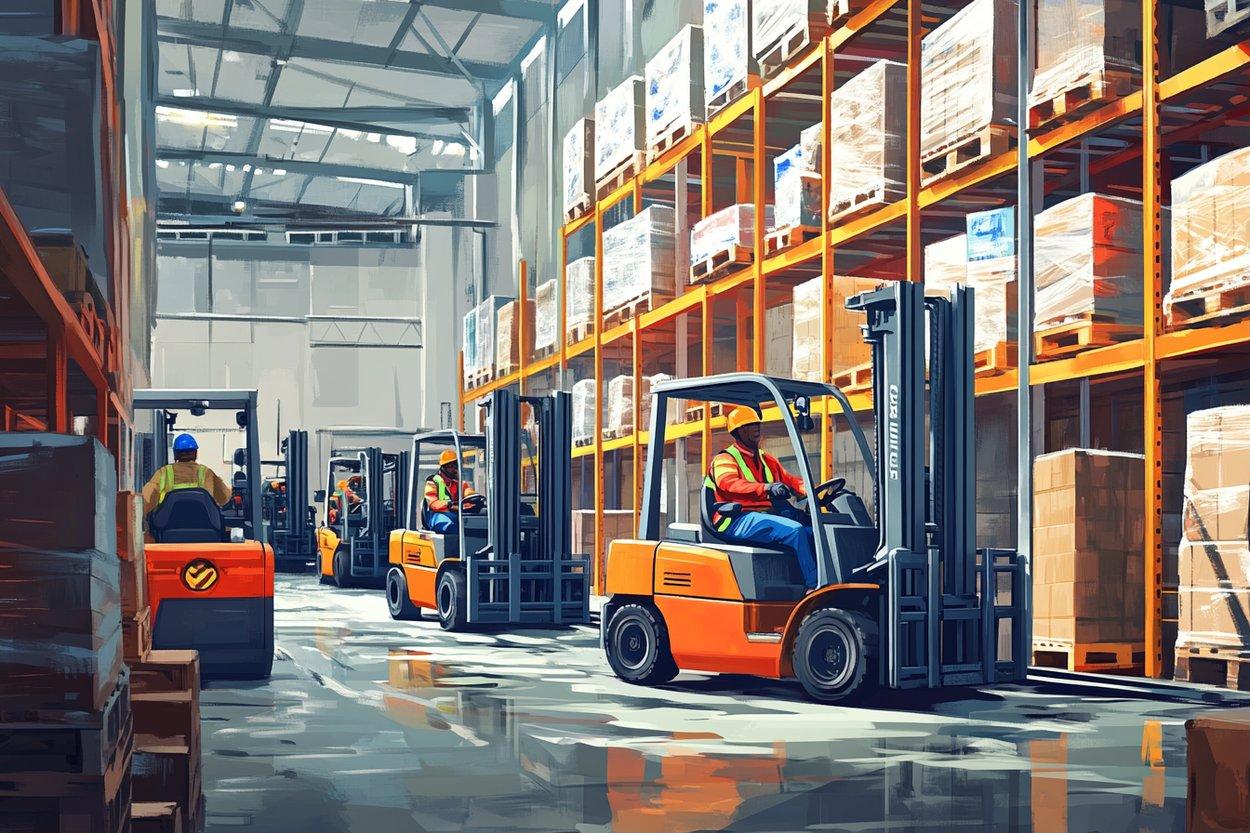Unveiling the Intricacies of Continuously Variable Transmissions
The automotive world is one that thrives on continuous innovation and technological advancement. One such marvel that has quietly revolutionized the way we drive is the Continuously Variable Transmission (CVT). This seemingly complex piece of engineering has been increasingly adopted by manufacturers, but what exactly is a CVT, and what sets it apart from traditional transmissions?
Understanding Continuously Variable Transmissions
A CVT, in the simplest terms, is a type of automatic transmission that provides more useable power, better fuel economy and a smoother driving experience compared to a traditional automatic transmission. The CVT does this by seamlessly changing through a continuous range of gear ratios, allowing the engine’s RPM to stay at the most efficient level during different driving conditions.
Unlike traditional automatic or manual transmissions that have a fixed number of gears (usually 4 to 6), a CVT doesn’t have gears at all. Instead, it uses two pulleys of variable size, connected by a belt or chain that can change their diameters from ‘low’ to ‘high’ gear in a continuous motion, hence the term ‘continuously variable transmission’.
The CVT’s Rise to Prominence
The CVT isn’t a new concept. In fact, its roots date back to the late 15th century when none other than Leonardo Da Vinci sketched a rudimentary version of a variable transmission. However, it wasn’t until the 20th century that CVTs started to make their way into production vehicles, beginning with small, fuel-efficient models.
Over time, the technology has been refined and improved, leading to more widespread use. Today, you’ll find CVTs in vehicles from almost every major manufacturer, from compact economy cars to luxury sedans and even some sports cars.
Advantages and Drawbacks of a CVT
So, why would a car manufacturer choose to use a CVT instead of a traditional automatic or manual transmission? The answer lies in the CVT’s numerous benefits. Firstly, it offers smoother acceleration as there’s no need to shift gears. Secondly, it provides better fuel efficiency as the transmission can adjust to keep the engine at its most efficient RPM.
However, CVTs are not without their drawbacks. The biggest complaint is often the ‘rubber band’ feeling they can create, as the engine speed doesn’t change in relation to the speed of the car. This can lead to a perception of sluggish performance, despite the numbers saying otherwise. Additionally, CVTs are generally not as durable or serviceable as traditional transmissions, potentially leading to higher repair costs.
The Future of CVTs
With the automotive industry’s ever-increasing focus on efficiency and environmental impact, the CVT’s advantages make it a strong contender for the future. Manufacturers are continuously innovating to improve the technology and mitigate its drawbacks. For example, some are introducing artificial ‘steps’ into the CVT’s operation to mimic a traditional automatic’s gear changes and make the driving experience more familiar.
Innovation in materials and design are also helping to increase the durability and longevity of CVTs, potentially overcoming one of their major shortcomings. Regardless, the CVT is here to stay and will likely become even more prevalent in the years to come.
Conclusion
The rise of the CVT is a prime example of how innovations can quietly revolutionize industries. By shedding light on the workings, history, advantages, and potential drawbacks of this technology, we hope to have provided you with a deeper understanding of what goes on under the hood of your vehicle. As technology advances, who knows what other innovations are just around the corner, ready to redefine our driving experiences?





